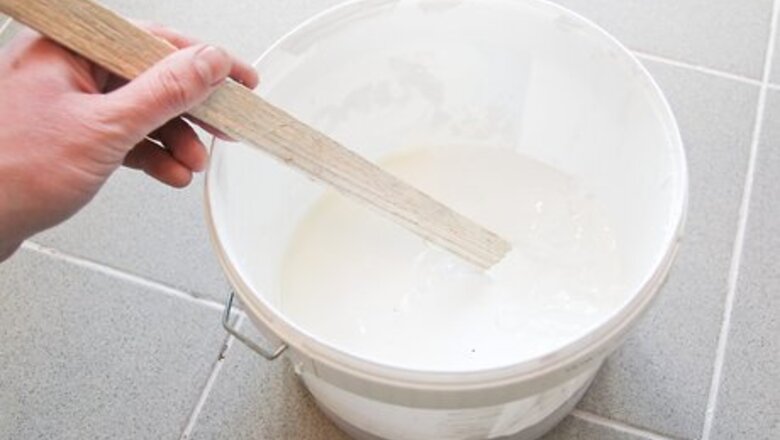
views
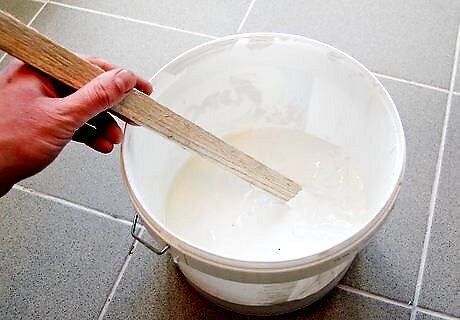
Create a paste by mixing 2 parts calcium hydroxide, also know as hydrated lime, to 1 part water. Mix the 2 ingredients together until the paste is creamy. Let the mixture sit overnight.
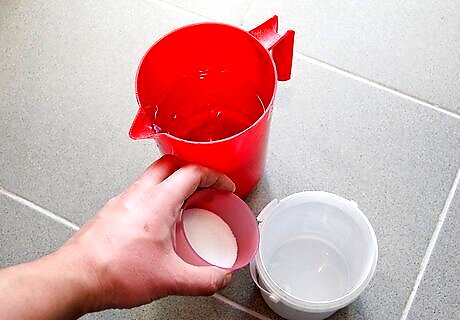
Create a salt water solution by mixing 2 parts salt with 1 part water.
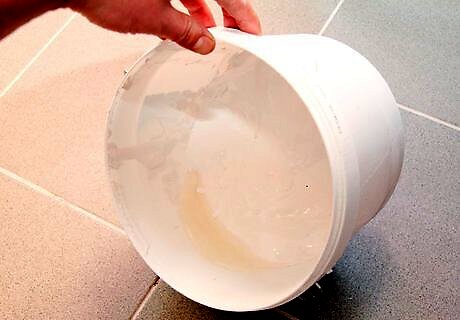
Remove any excess water from the calcium and water mixture in the morning. Stir the mixture again until it becomes a thick paste-like consistency.
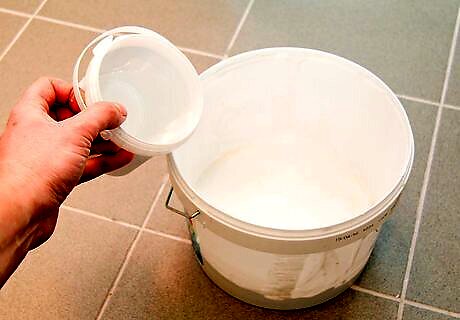
Add the salt water mix to your paste. Stir well until the mixture is completely blended and has a similar consistency to cake or brownie batter. Continue stirring the mixture, adding extra water if you feel it is too thick. It's easier to fix a solution that is too thick than too thin, so only add small amounts of water at a time.
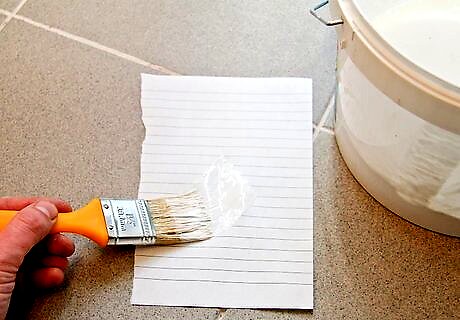
Test your paste mixture by painting it on top of a piece of paper. Watch it dry, if it dries looking coarse and bumpy, the solution is too thick and more water needs to be added.
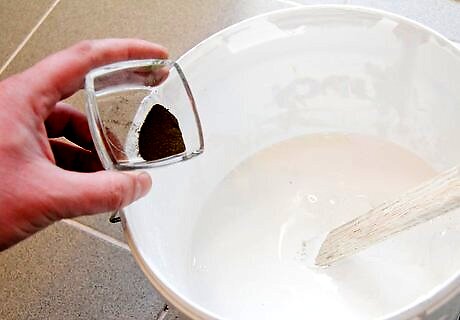
Add pigments to your whitewash solution, if you want to have your whitewash colored. Add pigments, purchased from a local hardware store, that can be safely added to any paint or plaster mixture.

Cover your floors with plastic and clean your walls prior to whitewashing and remove any scuffs or stains. These stains can show through after whitewashing.
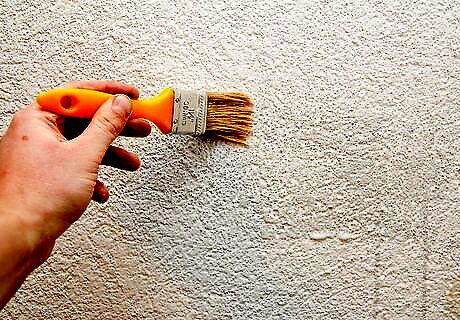
Wet the walls by applying water with a paintbrush to your walls. This will help the whitewash spread once you apply the whitewash.
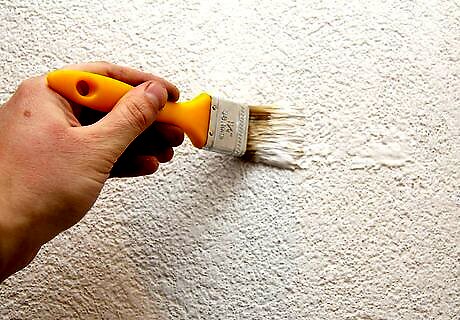
Use a wide paintbrush to apply a thick coat of whitewash to the wet walls. It is easiest to apply the whitewash to the tips of the brush and lightly apply it to the wall. You should be aware that whitewash is thicker than paint and doesn't go on as smoothly as interior paint does.




















Comments
0 comment